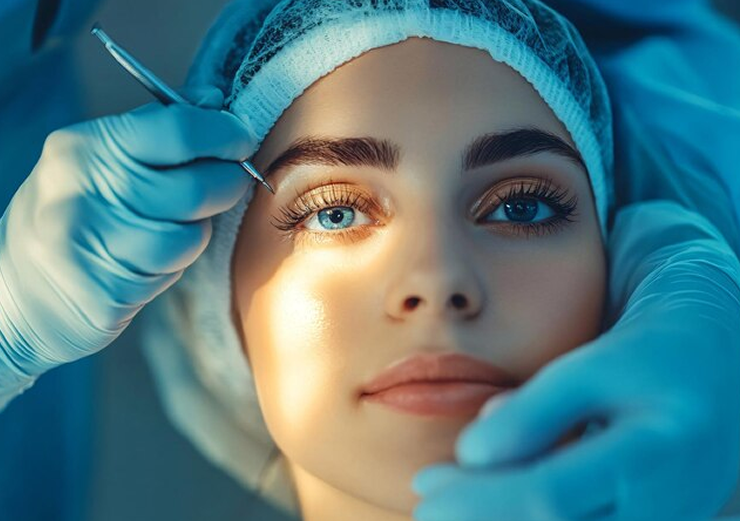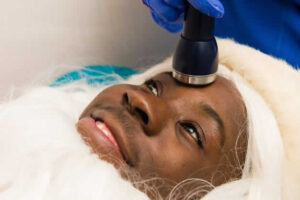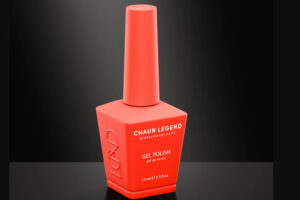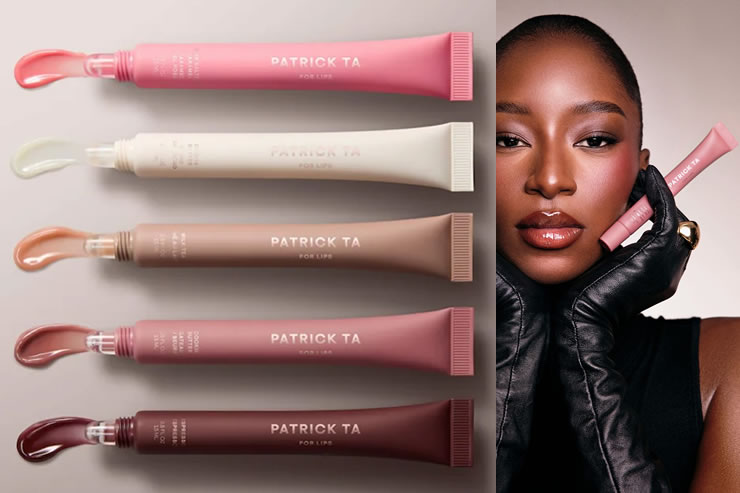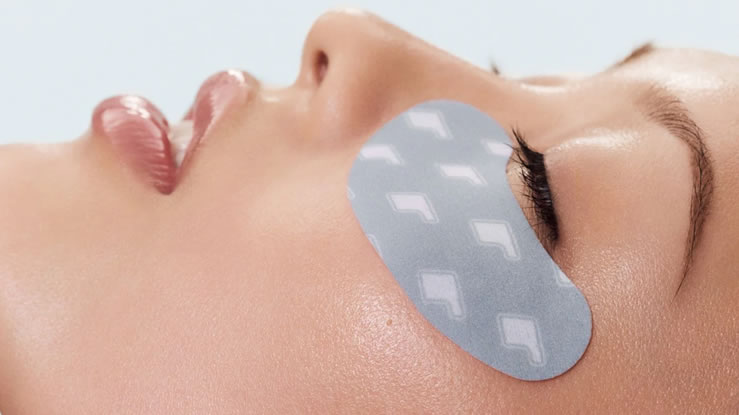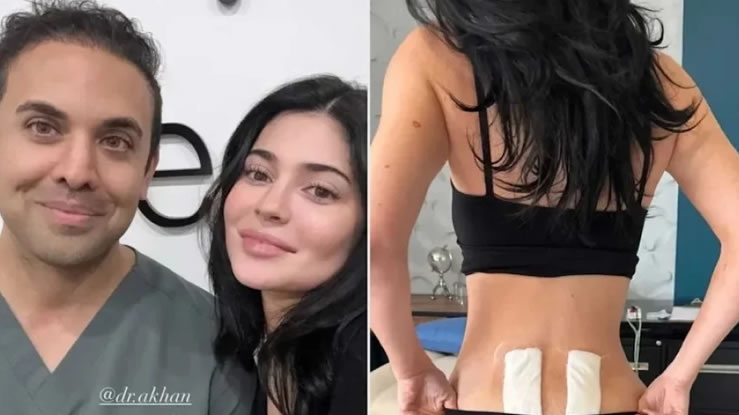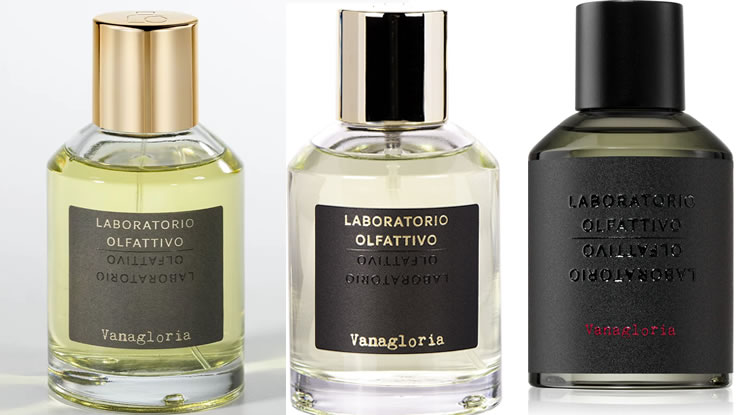Fat grafting also known as fat transfer or lipofilling has become one of the most sought-after cosmetic procedures for those who want to enhance their body or face naturally. Instead of using synthetic fillers or implants, this procedure uses your body’s own fat to restore volume, smooth wrinkles, and improve contours. But what exactly does fat grafting do, and why has it become such a popular choice in modern aesthetic medicine? Let’s dive deep into how fat grafting works, what it can achieve, and who it’s best suited for.
Understanding Fat Grafting
Fat grafting is a cosmetic surgical technique that involves three main steps: harvesting fat, purifying it, and reinjecting it into targeted areas of the body. In simple terms, fat is taken from one part of your body such as your thighs, abdomen, or flanks through liposuction, then processed to remove impurities before being carefully injected into areas that need more volume or shape enhancement.
The procedure provides a double benefit: it removes unwanted fat from problem areas and uses it to naturally augment or rejuvenate other regions. Because the material used is your own tissue, there’s no risk of allergic reactions or rejection, making it one of the safest cosmetic procedures available today.
How Fat Grafting Works
1. Fat Harvesting
The first step involves liposuction where fat is gently suctioned out from donor sites like the abdomen, hips, or thighs. The surgeon uses fine cannulas to ensure minimal trauma to the fat cells, as preserving their integrity is vital for successful grafting.
2. Fat Processing and Purification
Once collected, the fat is carefully filtered or centrifuged to separate healthy, viable fat cells from excess fluids, oils, and blood. Only purified fat is used for reinjection to ensure long-lasting, natural-looking results.
3. Fat Injection (Grafting)
Finally, the processed fat is injected into the target area using small syringes. The surgeon strategically places tiny droplets of fat across different layers of tissue, ensuring even distribution and optimal integration with the body’s existing structures.
Over the following weeks, some of the transferred fat establishes a new blood supply and becomes a permanent part of the area, while a small percentage (typically 30–40%) is naturally reabsorbed by the body.
What Fat Grafting Can Do
Fat grafting is incredibly versatile and can be used for a range of aesthetic and reconstructive purposes. Let’s break down the main areas where this procedure is most beneficial.
1. Facial Rejuvenation
One of the earliest and most popular uses of fat grafting is facial rejuvenation. As we age, the face naturally loses fat, leading to sagging skin, hollow cheeks, and deep folds. Fat grafting restores this lost volume, resulting in a softer, more youthful appearance.
Common facial applications include:
-
Filling nasolabial folds (smile lines)
-
Restoring volume in hollow cheeks or temples
-
Smoothing under-eye hollows
-
Plumping thin lips
-
Enhancing jawline or chin definition
Fat grafting to the face offers more natural results than traditional dermal fillers and lasts much longer, sometimes even permanently.
2. Breast Augmentation and Reconstruction
Fat grafting can also be used for natural breast enhancement. For women who want subtle, natural-looking volume without implants, fat transfer offers an excellent alternative.
It’s also used in breast reconstruction after mastectomy or lumpectomy to restore shape and symmetry. In some cases, fat grafting complements implant-based reconstruction to smooth out irregularities or improve contour.
3. Brazilian Butt Lift (BBL)
The Brazilian Butt Lift is perhaps the most well-known form of fat grafting today. In this procedure, fat is removed from areas like the abdomen or thighs and injected into the buttocks to create a fuller, lifted, and shapelier appearance. Unlike implants, this method uses your own tissue, producing a softer, more natural look and feel.
4. Body Contouring and Sculpting
Fat grafting isn’t just for the face or breasts it can reshape nearly any area of the body. Surgeons use it to fill hip dips, enhance calves, improve hand volume, and smooth contour irregularities after liposuction or trauma.
For instance, many patients combine fat grafting with liposuction to achieve a sculpted hourglass silhouette removing fat from the waist and transferring it to the hips or buttocks for balance and proportion.
5. Scar and Skin Irregularity Improvement
Beyond aesthetic enhancement, fat grafting can also improve the texture and elasticity of the skin. Research has shown that the stem cells contained in fat tissue have regenerative properties that promote healing and improve scar quality. It’s often used to treat acne scars, radiation damage, or skin depressions after surgery.
Benefits of Fat Grafting
There are several reasons why fat grafting has become a top choice in cosmetic surgery:
-
Natural Results: Since your own fat is used, the results look and feel completely natural.
-
Dual Benefit: You get contour improvement in the donor area and volume enhancement in the recipient site.
-
Long-Lasting Effects: Unlike fillers that fade over time, fat grafting can offer results that last for years, sometimes permanently.
-
Biocompatibility: No risk of allergic reaction or foreign material rejection.
-
Improved Skin Quality: Fat’s regenerative properties can rejuvenate skin and enhance elasticity.
-
Minimally Invasive: It’s less invasive than implant surgery, with smaller incisions and faster recovery.
Potential Risks and Limitations
While fat grafting is considered safe, it’s still a surgical procedure and comes with potential risks:
-
Some of the transferred fat may not survive, leading to partial volume loss.
-
Uneven absorption can cause asymmetry or lumps, though rare.
-
Infection or bruising can occur at injection or donor sites.
-
In rare cases, fat embolism (fat entering the bloodstream) can happen if the injection isn’t performed correctly.
To minimize risks, it’s crucial to choose a board-certified and experienced plastic surgeon. Proper technique and post-operative care make a huge difference in both safety and outcome.
How Long Do Fat Grafting Results Last?
Typically, around 60–70% of the transferred fat cells survive long-term. Once the fat establishes a blood supply in its new location, it becomes a permanent part of the tissue. The final results can last many years, though factors such as aging, weight changes, and lifestyle choices can affect longevity.
Most patients see full results after about 3 to 6 months, once swelling resolves and the fat has settled. Maintaining a stable weight is key because significant fluctuations can alter the size and shape of the grafted area.
Recovery After Fat Grafting
Recovery varies depending on the treated area and the amount of fat transferred. Generally, mild swelling, bruising, and tenderness occur in both donor and recipient sites for a few weeks. Patients are usually able to return to light activities within a few days, but strenuous exercise should be avoided for 3–4 weeks.
Compression garments may be required for the liposuction areas to reduce swelling and support healing. Results gradually improve as swelling subsides, revealing smoother, fuller contours.
Ideal Candidates for Fat Grafting
You might be a good candidate if you:
-
Have enough excess fat in donor areas like the abdomen or thighs.
-
Want natural-looking volume enhancement.
-
Are in good overall health and maintain a stable weight.
-
Don’t smoke or are willing to quit before and after surgery.
-
Have realistic expectations about results.
It’s important to note that fat grafting works best for modest volume enhancement. For dramatic size increases like large breast augmentations implants or combined methods may be recommended.
Fat Grafting vs Fillers and Implants
Many people wonder how fat grafting compares to other volume restoration options like dermal fillers or implants. Here’s how they differ:
-
Fat Grafting: Uses your own fat, offering natural results and potential skin rejuvenation benefits.
-
Dermal Fillers: Quick and non-surgical but temporary; typically last 6–18 months.
-
Implants: Provide dramatic and predictable volume but carry risks of capsular contracture or shifting.
In essence, fat grafting sits in the middle offering longer-lasting results than fillers and a more natural feel than implants.
Combining Fat Grafting with Other Procedures
Fat grafting can be performed on its own or combined with other aesthetic treatments for comprehensive enhancement. Popular combinations include:
-
Liposuction + Fat Grafting: Slims one area while enhancing another.
-
Facelift + Fat Grafting: Restores both structure and volume to aging faces.
-
Breast Lift + Fat Grafting: Improves both firmness and fullness.
This combination approach creates balanced, harmonious results that complement the body’s natural proportions.
The Regenerative Future of Fat Grafting
Fat tissue isn’t just a filler it’s biologically active, rich in stem cells and growth factors. These regenerative properties are being studied for their potential in anti-aging, wound healing, and tissue repair. In the future, fat grafting may play a major role in regenerative medicine beyond cosmetic use.
Fat grafting is one of the most transformative procedures in modern aesthetics, combining body contouring, natural enhancement, and tissue rejuvenation all in one. It’s a safe, effective, and long-lasting method for anyone seeking subtle yet noticeable improvement without the use of synthetic materials.
Whether you’re looking to rejuvenate your face, restore breast volume, or sculpt your body, fat grafting offers a natural approach to beauty one that works with your body, not against it.
Related Article


